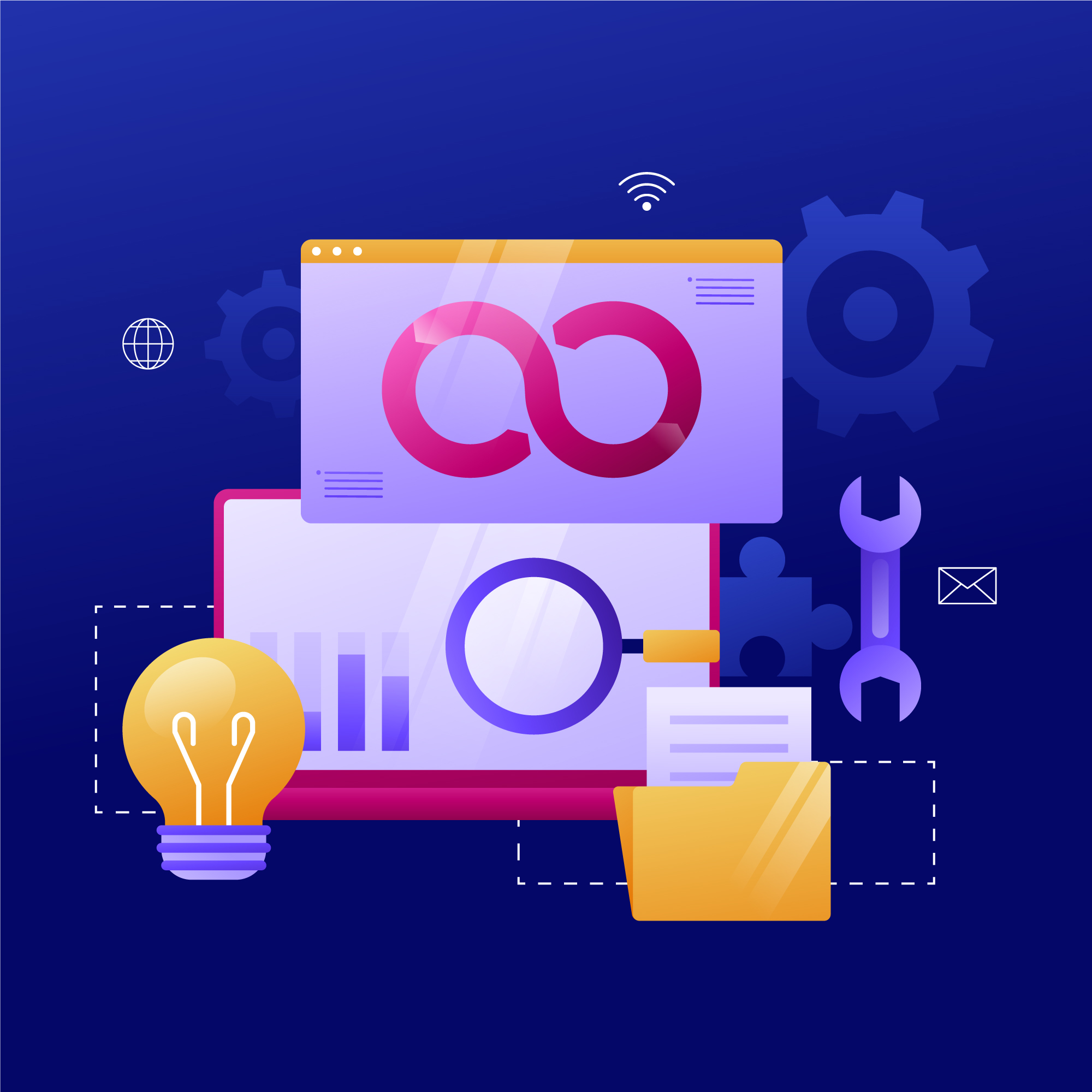Top IT Software and Tools for IT Beginners

Introduction
In the vast realm of information technology (IT), beginners often find themselves overwhelmed with the multitude of software and tools available. Whether you’re aspiring to be a programmer, network administrator, or IT consultant, having the right software and tools can significantly enhance your learning experience and productivity. In this article, we will explore some of the best IT software and tools that are ideal for IT beginners, equipping you with the essential resources to kick-start your journey in the exciting world of IT.
Integrated Development Environments (IDEs)
Integrated Development Environments (IDEs) provide a comprehensive environment for writing, debugging, and compiling code. They offer a range of features such as syntax highlighting, code completion, and debugging tools. For beginners, some popular choices include:
Visual Studio Code (VS Code): VS Code has gained immense popularity among developers due to its versatility, user-friendly interface, and robust features. It is a lightweight and extensible code editor that supports a wide range of programming languages. With its vast library of extensions, you can customize and tailor your coding environment to your specific needs. It also provides excellent Git integration and supports collaborative development through live sharing features.
PyCharm: If your journey in IT begins with Python programming, PyCharm is an ideal choice. Developed by JetBrains, PyCharm is a powerful Python IDE that offers intelligent code suggestions, debugging capabilities, and integrated version control. It provides a seamless coding experience with features like code inspections, code navigation, and built-in support for popular frameworks like Django and Flask.
Virtualization Software
Virtualization software allows you to run multiple operating systems on a single machine, enabling you to experiment and learn without the need for separate physical hardware. This technology is particularly beneficial for IT beginners, as it provides a safe and isolated environment for testing and development. Two widely used virtualization tools are:
Oracle VirtualBox: Oracle VirtualBox is a free and open-source virtualization software that supports various operating systems. It allows you to create virtual machines (VMs) and simulate different hardware configurations. VirtualBox offers a user-friendly interface, seamless integration with the host operating system, and the ability to take snapshots, which enables you to save the state of your VMs and revert to them if necessary.
VMware Workstation: VMware Workstation is a premium virtualization tool that offers advanced features for IT professionals. It provides powerful virtual machine management capabilities, including snapshotting, cloning, and network customization. VMware Workstation allows you to create complex virtual networks, simulate enterprise environments, and test software in various scenarios. While it comes with a price tag, it offers a robust and feature-rich virtualization experience.
Network Monitoring Tools
Understanding network performance and troubleshooting issues is crucial for IT professionals. Network monitoring tools help you monitor and analyze network traffic, ensuring optimal network performance. Here are two popular network monitoring tools:
Wireshark: Wireshark is a powerful network protocol analyzer that captures and analyzes network traffic in real-time. It allows you to inspect packets, analyze protocols, and troubleshoot network issues. With Wireshark, you can delve into the details of network communication, identify bottlenecks, and diagnose security vulnerabilities. It supports a wide range of platforms and protocols, making it a versatile tool for beginners and experienced network administrators alike.
PRTG Network Monitor: PRTG Network Monitor is a comprehensive network monitoring solution suitable for networks of all sizes. It provides real-time monitoring, alerting, and reporting capabilities. PRTG offers a user-friendly interface, customizable dashboards, and an extensive range of sensors to monitor various network devices, services, and performance metrics. With its intuitive setup and powerful features, PRTG simplifies network monitoring, enabling beginners to gain valuable insights into network behavior.
Version Control Systems (VCS)
Version control systems are essential for managing code changes and collaborating with others effectively. They allow you to track modifications, revert to previous versions, and merge changes seamlessly, so we put it in top IT software and tools for IT beginners. The following VCS tools are widely used:
Git: Git is a distributed version control system known for its speed, flexibility, and efficient branching and merging capabilities. It allows developers to work offline, commit changes locally, and synchronize with remote repositories later. Platforms like GitHub and GitLab offer hosting services for Git repositories, enabling seamless collaboration and code sharing among developers. Git is widely adopted in the software development community and is an indispensable tool for beginners and experienced programmers alike.
Subversion (SVN): Subversion, also known as SVN, is a centralized version control system widely used in enterprise settings. Unlike Git, SVN relies on a central repository to manage versions and track changes. It offers a straightforward approach to versioning files and directories, making it easier for beginners to grasp the concepts of version control. SVN provides a robust history of changes, supports atomic commits, and integrates well with other development tools.
Troubleshooting and Diagnostic Tools
When things go awry, having the right troubleshooting and diagnostic tools can save you precious time. These tools help identify and resolve system issues efficiently. Consider including the following tools in your IT toolkit:
Sysinternals Suite: Sysinternals Suite is a collection of powerful utilities for Windows that aid in diagnosing and resolving system issues. It includes tools like Process Explorer, which provides detailed information about running processes, and Autoruns, which helps manage startup items. With tools like Process Monitor, Disk Usage, and Network Monitor, Sysinternals Suite equips beginners with the means to troubleshoot various aspects of the Windows operating system.
GParted: GParted is a partition editor that enables you to manage disk partitions and troubleshoot disk-related problems. Whether you need to resize, move, or create partitions, GParted offers a user-friendly interface and powerful partitioning capabilities. It supports a wide range of file systems and provides advanced features like disk cloning and data recovery. GParted is particularly useful for beginners setting up dual-boot systems or troubleshooting disk-related issues in both Linux and Windows environments.
Conclusion
As an IT beginner, having access to the right software and tools can significantly accelerate your learning process and boost your productivity. In this article, we explored a range of top IT software and tools essential for IT beginners, including IDEs, virtualization software, network monitoring tools, version control systems, and troubleshooting utilities. By leveraging these resources, you’ll be well-equipped to embark on your IT journey with confidence and pave the way for future success in this exciting field. Remember, continuous learning and exploration are key to mastering IT skills and staying ahead in the ever-evolving world of technology. With the right tools at your disposal, you’ll be able to navigate the complexities of IT with ease and embrace the endless possibilities it offers.

